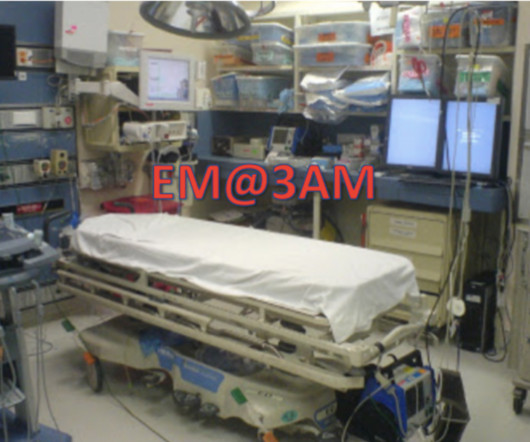Cerebral Edema and Diabetic Ketoacidosis: Rebaked
Pediatric EM Morsels
JULY 28, 2023
The exact mechanism is not known… It was previously believed that it was due to rapid changes in serum osmolality during initial fluid resuscitation. 2010 Dec;1(2):103-20. Glucose > 200 mg/dL Moderate or Large Ketonuria The severity of DKA is categorized by the degree of acidosis Mild : venous pH < 7.3 Lesson = treat early!














Let's personalize your content